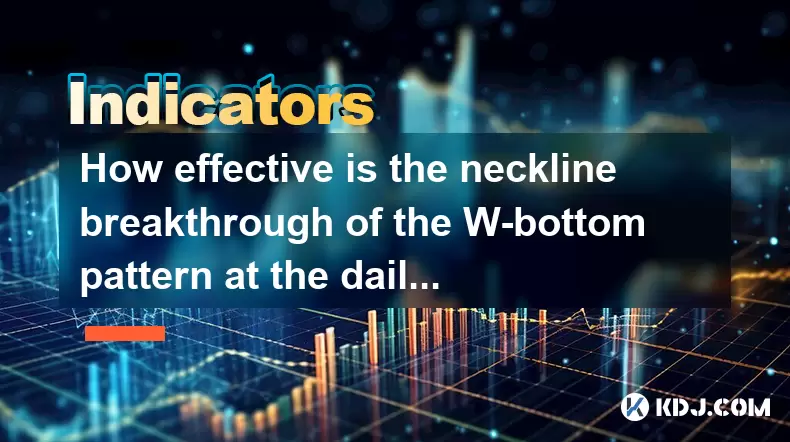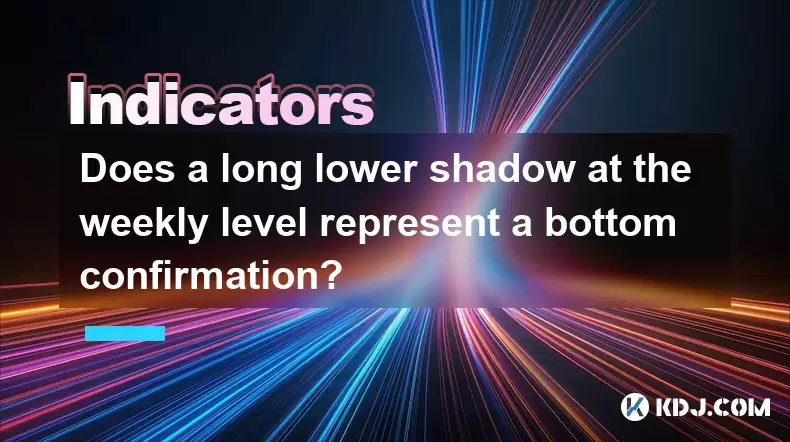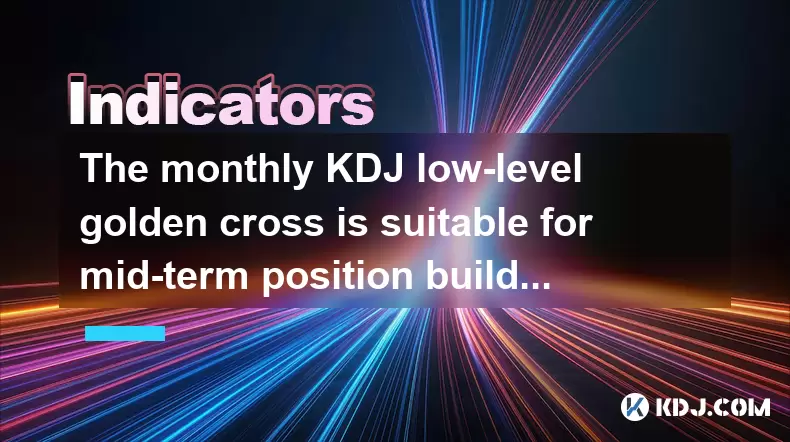-
 Bitcoin
Bitcoin $107,323.9971
-0.42% -
 Ethereum
Ethereum $2,442.7415
-1.58% -
 Tether USDt
Tether USDt $1.0005
0.00% -
 XRP
XRP $2.0902
-4.49% -
 BNB
BNB $645.3561
-0.33% -
 Solana
Solana $140.8832
-2.81% -
 USDC
USDC $0.9999
0.01% -
 TRON
TRON $0.2713
0.17% -
 Dogecoin
Dogecoin $0.1611
-2.35% -
 Cardano
Cardano $0.5556
-2.75% -
 Hyperliquid
Hyperliquid $36.8045
-1.10% -
 Bitcoin Cash
Bitcoin Cash $494.4393
-1.23% -
 Sui
Sui $2.6406
-2.97% -
 Chainlink
Chainlink $13.0846
-1.74% -
 UNUS SED LEO
UNUS SED LEO $9.0127
0.09% -
 Avalanche
Avalanche $17.4023
-1.37% -
 Stellar
Stellar $0.2339
-3.25% -
 Toncoin
Toncoin $2.8330
-0.57% -
 Shiba Inu
Shiba Inu $0.0...01124
-3.38% -
 Litecoin
Litecoin $84.9229
-0.60% -
 Hedera
Hedera $0.1432
-3.84% -
 Monero
Monero $311.0740
-1.35% -
 Bitget Token
Bitget Token $4.6591
3.94% -
 Dai
Dai $1.0001
0.01% -
 Ethena USDe
Ethena USDe $1.0000
-0.01% -
 Polkadot
Polkadot $3.3033
-1.64% -
 Uniswap
Uniswap $6.9221
-4.55% -
 Pi
Pi $0.5546
-4.86% -
 Aave
Aave $257.5046
-1.30% -
 Pepe
Pepe $0.0...09215
-3.26%
Can you enter the market when the moving average is arranged in a bullish pattern and the volume shrinks and steps back on the 5-day line?
A bullish moving average pattern, marked by shorter-term averages rising above longer-term ones, signals potential upward momentum, especially when confirmed by shrinking volume during pullbacks and candlestick reversal patterns near the 5-day line.
Jun 27, 2025 at 11:08 am

Understanding the Bullish Moving Average Pattern
A bullish moving average pattern typically refers to a situation where shorter-term moving averages (like the 5-day and 10-day) rise above longer-term ones (such as the 20-day or 50-day), forming what is commonly known as a "golden cross." This configuration suggests that short-term momentum is overtaking long-term trends, signaling potential upward movement in price. When traders observe this formation on a chart, they often consider it a green light for entering long positions.
In this context, the moving average arrangement must be clearly ascending — the 5-day line should be above the 10-day, which in turn should be positioned over the 20-day line. This stacking order indicates growing positive sentiment among market participants and hints at a possible continuation of the uptrend.
Interpreting Shrinking Volume During Pullback
Volume plays a crucial role in confirming the strength of any technical signal. A shrinking volume during a pullback can actually reinforce the bullish setup rather than undermine it. When the price retreats slightly but volume dries up, it suggests that sellers are not aggressively pushing the market down. This lack of selling pressure implies that the correction may be a temporary consolidation phase rather than a reversal.
What's important here is to distinguish between a healthy pullback and a bearish breakdown. A volume contraction during a minor retracement near the 5-day moving average can indicate strong underlying support from buyers who are waiting for dips to enter the market. Traders often use this as an opportunity to add to their long positions with tighter stop-loss placements.
Aligning Entry Points with the 5-Day Line
The 5-day moving average serves as a dynamic support level during uptrends. When the price pulls back to this level and holds, it presents a favorable entry zone for traders looking to join the trend. The key is to wait for the price to stabilize near this line and show signs of resuming its upward trajectory.
To execute this strategy effectively:
- Monitor the proximity of the price to the 5-day moving average
- Observe candlestick patterns that suggest rejection of lower prices
- Confirm that volume is decreasing rather than spiking during the pullback
This confluence of factors increases the probability that the price will bounce from this level and continue trending upwards.
Technical Confirmation Through Candlestick Behavior
Candlestick formations can provide additional confirmation when assessing whether to enter a trade based on a bullish moving average alignment and shrinking volume. Look for specific patterns such as hammer candles, bullish engulfing patterns, or even morning star reversals near the 5-day moving average.
These candlestick signals indicate that buying pressure is returning after a brief pause. It’s also useful to examine wicks and bodies:
- A long lower wick shows that bears tried to push prices down but were met with buying interest
- A strong close near the high of the candle reinforces the bullish bias
Using candlestick analysis alongside moving averages and volume can significantly enhance the quality of your entries.
Managing Risk in This Setup
Even though the conditions appear bullish, proper risk management remains essential. Entering a trade without a clear stop-loss plan can expose you to unexpected volatility or false breakouts. In this scenario, placing a stop just below the 5-day moving average is a common practice.
Position sizing should also reflect the confidence level in the setup. If multiple indicators align — such as RSI holding above 50 or MACD showing increasing momentum — then a larger position might be warranted. Conversely, if some elements are weaker, like a shallow pullback or ambiguous candlestick action, reducing exposure could be prudent.
Frequently Asked Questions
Q: What timeframes work best with this strategy?
This approach works well on intraday charts like 1-hour or 4-hour intervals for active traders, while swing traders may prefer daily charts to capture broader moves. The core concept remains consistent across timeframes, but higher timeframes tend to offer more reliable signals.
Q: Can I apply this strategy in sideways markets?
It is generally less effective in ranging or choppy markets because the moving averages may flatten out and lose directional clarity. The strategy performs best in clear uptrends where the moving average alignment is ascending and volume behavior supports the trend.
Q: Should I wait for a candle to close before entering?
Yes, waiting for a candle to close above or near the 5-day moving average adds confirmation and reduces the chance of false signals. Premature entries can lead to whipsaws and unnecessary losses.
Q: How do I handle multiple pullbacks to the same moving average?
Repeated tests of the 5-day moving average can still be valid if the overall trend remains intact and volume continues to contract on pullbacks. However, each subsequent test weakens the setup slightly, so monitoring for signs of exhaustion becomes increasingly important.
Disclaimer:info@kdj.com
The information provided is not trading advice. kdj.com does not assume any responsibility for any investments made based on the information provided in this article. Cryptocurrencies are highly volatile and it is highly recommended that you invest with caution after thorough research!
If you believe that the content used on this website infringes your copyright, please contact us immediately (info@kdj.com) and we will delete it promptly.
- Bitcoin, Hackers, and India's Reserve: A Crypto Cocktail
- 2025-06-27 15:10:12
- AI Beings Emerge: CARV's Roadmap to Web3 AI Sovereignty
- 2025-06-27 14:50:14
- Worldcoin Tanks, Neo Pepe Rises: The Meme Coin Revolution
- 2025-06-27 15:10:12
- Coinbase Soars to All-Time High: What's Fueling the Crypto Giant's Rally?
- 2025-06-27 14:55:12
- Undervalued Cryptocurrencies Primed for a 2025 Takeoff: Don't Miss These Hidden Gems!
- 2025-06-27 14:35:12
- Bitcoin's Double Top: Is a Price Crash Inevitable?
- 2025-06-27 14:58:49
Related knowledge

Does the CCI indicator break through +200 mean that it is seriously overbought?
Jun 27,2025 at 01:08pm
Understanding the CCI Indicator and Its Relevance in Cryptocurrency TradingThe Commodity Channel Index (CCI) is a technical analysis tool widely used by traders in various financial markets, including cryptocurrency. Originally developed by Donald Lambert for commodities, it has since been adopted across asset classes to identify overbought or oversold ...

Is it necessary to reduce the position when the KDJ indicator forms a dead cross in the overbought area?
Jun 27,2025 at 02:28pm
Understanding the KDJ Indicator and Its Role in Cryptocurrency TradingThe KDJ indicator is a momentum oscillator widely used in technical analysis, especially within cryptocurrency trading. It consists of three lines: the K-line, D-line, and J-line, which help traders identify overbought and oversold conditions. In crypto markets, where volatility is hi...

How effective is the neckline breakthrough of the W-bottom pattern at the daily level?
Jun 27,2025 at 03:21pm
Understanding the W-Bottom Pattern in Cryptocurrency TradingThe W-bottom pattern is a well-known technical analysis formation used by traders to identify potential trend reversals from a downtrend to an uptrend. In cryptocurrency markets, where volatility is high and price action can be unpredictable, understanding the effectiveness of this pattern beco...

How lethal is the death cross of EXPMA12 and 50 lines?
Jun 27,2025 at 11:15am
Understanding the Death Cross in EXPMA IndicatorsThe death cross is a technical analysis pattern that signals a potential bearish trend reversal. In the context of the EXPMA (Exponential Moving Average), particularly when analyzing the crossover between the EXPMA12 and EXPMA50 lines, traders often interpret this as a strong sell signal. The death cross ...

Does a long lower shadow at the weekly level represent a bottom confirmation?
Jun 27,2025 at 10:56am
Understanding the Weekly Lower Shadow in Candlestick AnalysisIn cryptocurrency trading, weekly candlestick patterns are often scrutinized for potential trend reversals. A long lower shadow at the weekly level indicates that during the week, sellers pushed prices down significantly but were met with strong buying pressure that closed the candle near its ...

The monthly KDJ low-level golden cross is suitable for mid-term position building?
Jun 27,2025 at 03:14am
Understanding the Monthly KDJ IndicatorThe KDJ indicator, also known as the stochastic oscillator, is a momentum tool widely used in technical analysis within the cryptocurrency market. It consists of three lines: the K line, the D line, and the J line. These lines help traders identify overbought or oversold conditions, potential trend reversals, and e...

Does the CCI indicator break through +200 mean that it is seriously overbought?
Jun 27,2025 at 01:08pm
Understanding the CCI Indicator and Its Relevance in Cryptocurrency TradingThe Commodity Channel Index (CCI) is a technical analysis tool widely used by traders in various financial markets, including cryptocurrency. Originally developed by Donald Lambert for commodities, it has since been adopted across asset classes to identify overbought or oversold ...

Is it necessary to reduce the position when the KDJ indicator forms a dead cross in the overbought area?
Jun 27,2025 at 02:28pm
Understanding the KDJ Indicator and Its Role in Cryptocurrency TradingThe KDJ indicator is a momentum oscillator widely used in technical analysis, especially within cryptocurrency trading. It consists of three lines: the K-line, D-line, and J-line, which help traders identify overbought and oversold conditions. In crypto markets, where volatility is hi...

How effective is the neckline breakthrough of the W-bottom pattern at the daily level?
Jun 27,2025 at 03:21pm
Understanding the W-Bottom Pattern in Cryptocurrency TradingThe W-bottom pattern is a well-known technical analysis formation used by traders to identify potential trend reversals from a downtrend to an uptrend. In cryptocurrency markets, where volatility is high and price action can be unpredictable, understanding the effectiveness of this pattern beco...

How lethal is the death cross of EXPMA12 and 50 lines?
Jun 27,2025 at 11:15am
Understanding the Death Cross in EXPMA IndicatorsThe death cross is a technical analysis pattern that signals a potential bearish trend reversal. In the context of the EXPMA (Exponential Moving Average), particularly when analyzing the crossover between the EXPMA12 and EXPMA50 lines, traders often interpret this as a strong sell signal. The death cross ...

Does a long lower shadow at the weekly level represent a bottom confirmation?
Jun 27,2025 at 10:56am
Understanding the Weekly Lower Shadow in Candlestick AnalysisIn cryptocurrency trading, weekly candlestick patterns are often scrutinized for potential trend reversals. A long lower shadow at the weekly level indicates that during the week, sellers pushed prices down significantly but were met with strong buying pressure that closed the candle near its ...

The monthly KDJ low-level golden cross is suitable for mid-term position building?
Jun 27,2025 at 03:14am
Understanding the Monthly KDJ IndicatorThe KDJ indicator, also known as the stochastic oscillator, is a momentum tool widely used in technical analysis within the cryptocurrency market. It consists of three lines: the K line, the D line, and the J line. These lines help traders identify overbought or oversold conditions, potential trend reversals, and e...
See all articles























































































